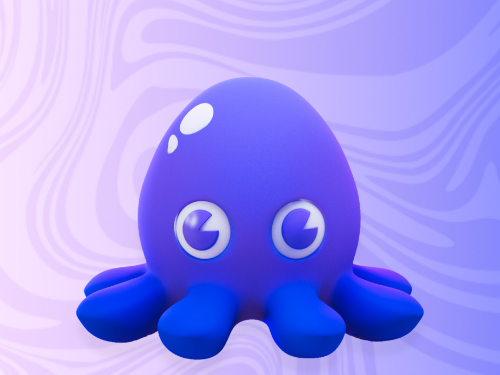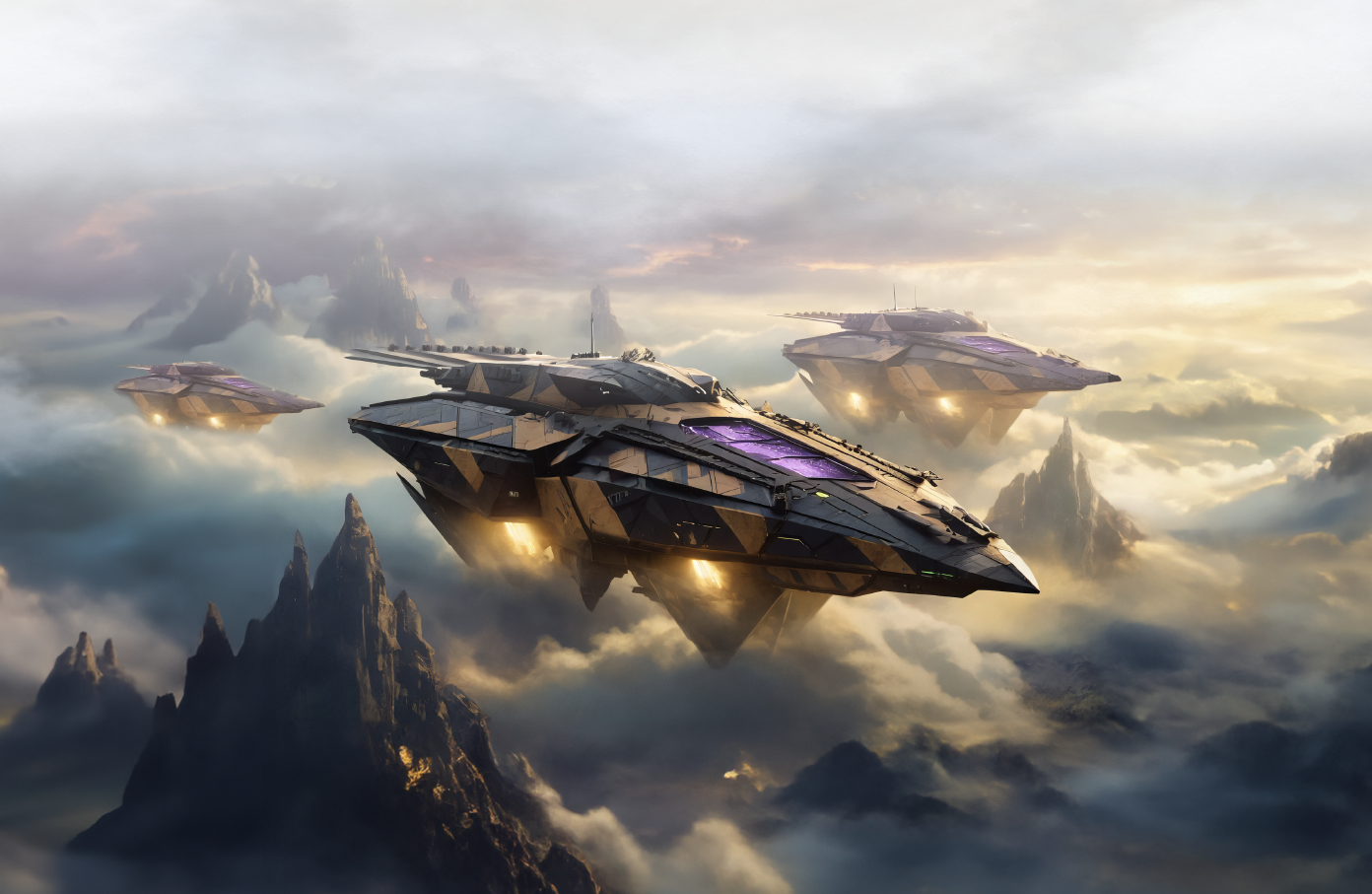The new year brings new opportunities to reimagine your brand’s digital presence. In 2025, web design continues to evolve, blending creativity with functionality to meet the needs of modern audiences. From minimalist aesthetics to performance-driven designs, these trends not only enhance user experience but also ensure your website remains competitive in an increasingly digital-first world.
Minimalist Aesthetics with Maximum Impact
Simplicity remains a cornerstone of modern web design, but in 2025, minimalism takes on a more refined form. Websites are embracing clean layouts, ample white space, and restrained color palettes to create visually striking yet user-friendly experiences. This trend prioritizes clarity and focus, allowing key messaging and calls-to-action (CTAs) to stand out without overwhelming visitors. Additionally, minimalism lends itself to faster load times and improved performance—both critical factors in today’s SEO landscape. By stripping away unnecessary elements, brands can create websites that are both aesthetically pleasing and highly functional.
Interactive and Immersive Elements
Interactivity is taking center stage as web designers look for ways to keep users engaged and encourage deeper exploration. From dynamic scrolling effects and hover animations to micro-interactions triggered by user behavior, these elements add a layer of interactivity that captures attention and makes browsing more enjoyable. In 2025, immersive features like 3D graphics, virtual tours, and augmented reality (AR) integrations will also become more prevalent. These innovations provide unique, memorable experiences that differentiate brands and showcase their offerings in compelling ways. However, the key lies in balancing interactivity with usability to avoid overwhelming users.
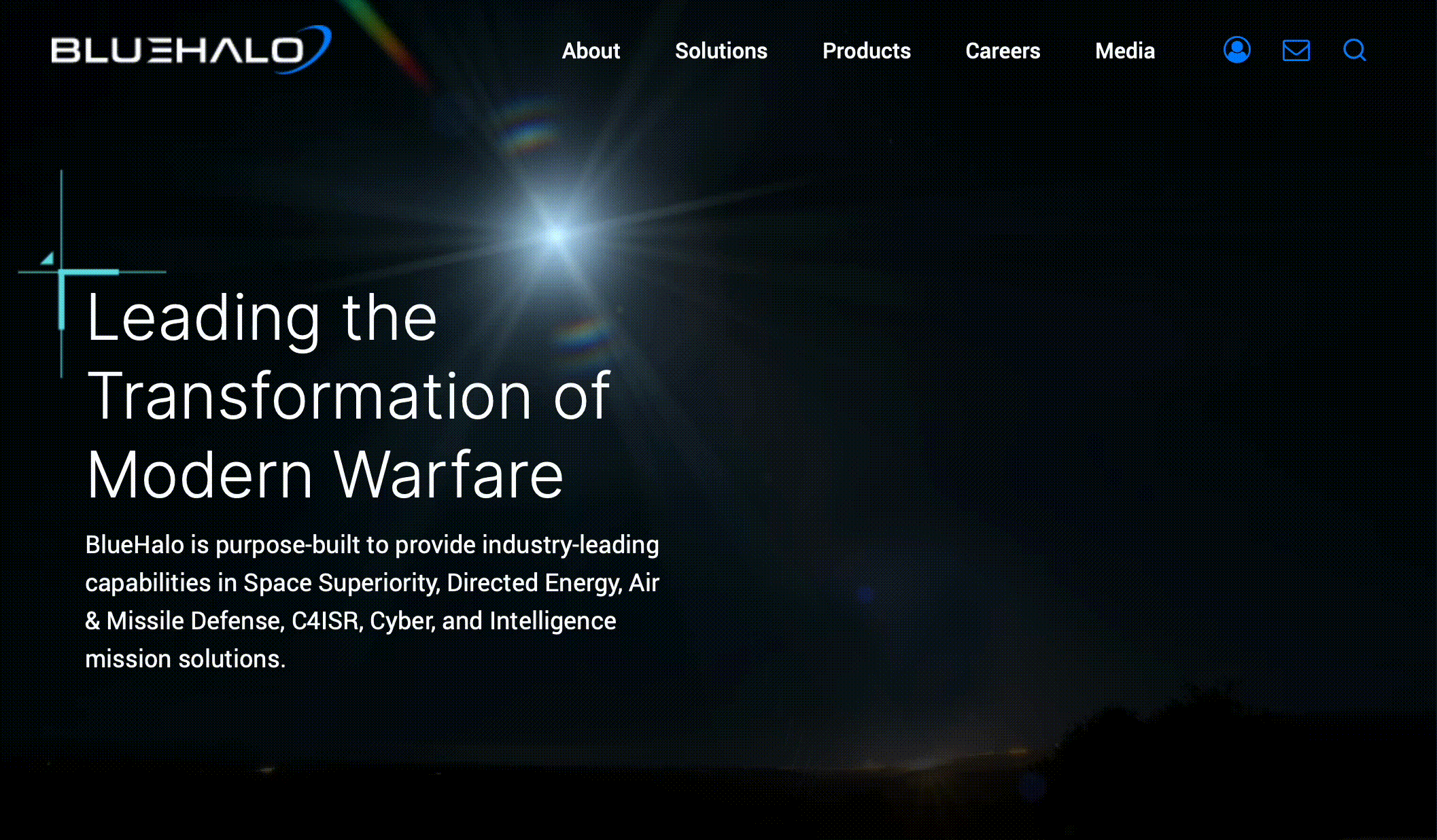
Performance-Driven Designs
Website performance is no longer a nice-to-have—it’s a must-have. As search engines and users place greater emphasis on speed and reliability, performance-driven design has become a top priority for 2025. This trend involves optimizing websites for faster load times, seamless navigation, and responsiveness across all devices. Techniques like lazy loading, image compression, and streamlined code are essential for achieving these goals. Beyond technical improvements, performance-driven design also incorporates user-centric layouts that guide visitors intuitively through their journeys, ensuring they find the information they need with minimal friction.
Accessibility as a Core Design Principle
In 2025, accessibility is at the forefront of web design, driven by a growing recognition of its importance in creating inclusive digital experiences. Designing for accessibility means ensuring your website is usable for everyone, including people with disabilities. This includes features like keyboard navigation, screen reader compatibility, and high-contrast text options. Beyond compliance with legal standards, accessibility enhances user satisfaction and broadens your audience reach. Inclusive design is not just a trend—it’s a commitment to making the web a better place for all.
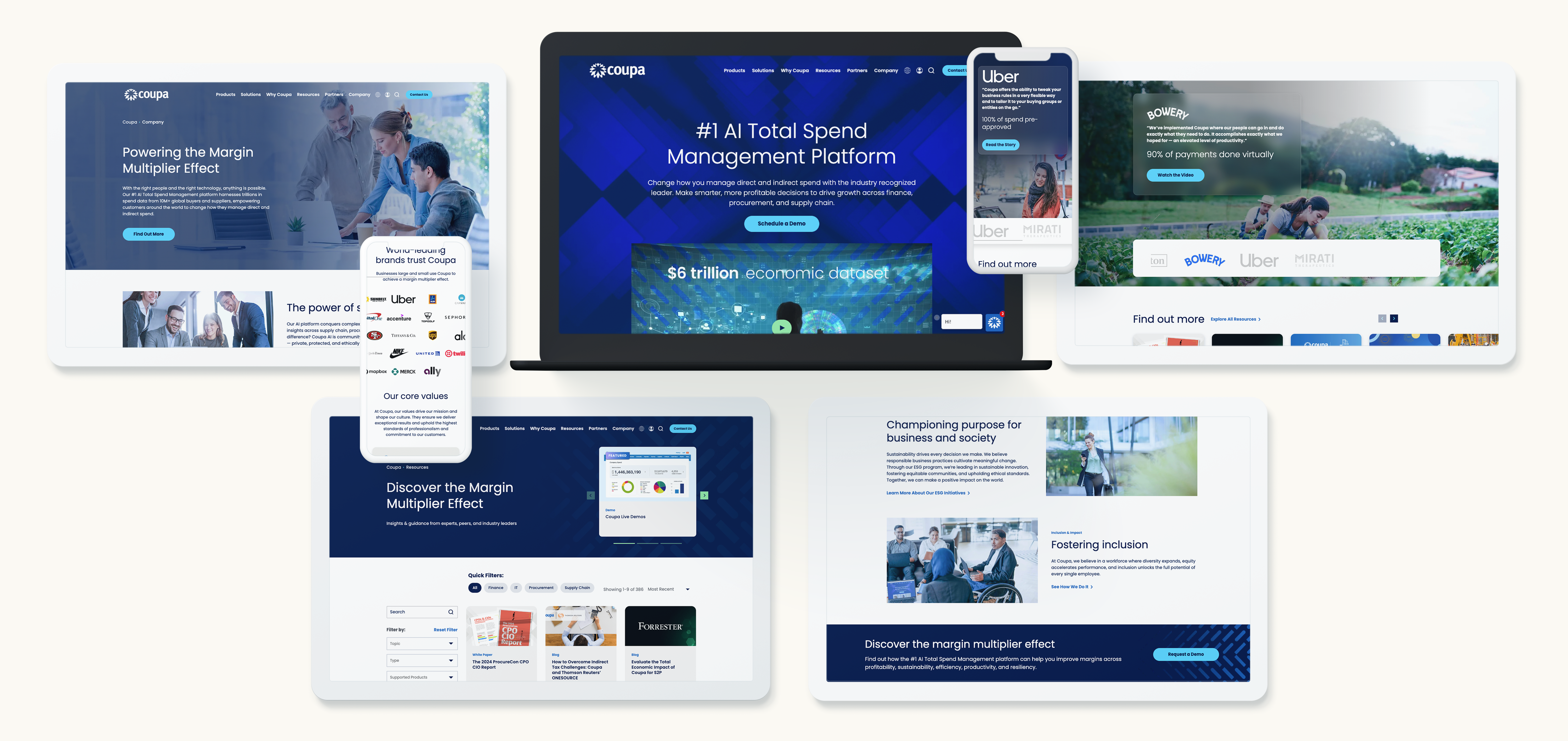
Bold Typography and Custom Fonts
Typography continues to play a pivotal role in web design, with 2025 ushering in a wave of bold, custom fonts that add personality and flair to websites. Unique typography helps brands establish a distinctive voice and create a memorable visual identity. Paired with minimalist layouts, oversized headlines and expressive fonts can guide users’ attention and emphasize key messages. However, readability remains paramount, so designers must strike a balance between creativity and functionality.
Sustainability in Web Design
As businesses strive to align with eco-conscious values, sustainability has emerged as a significant trend in web design. This involves creating websites that consume less energy by optimizing performance, reducing data transfer, and minimizing server load. Lightweight designs, efficient coding practices, and green hosting solutions are becoming more popular as brands seek to reduce their digital carbon footprint. Sustainable web design not only benefits the environment but also appeals to eco-conscious audiences who prioritize brands with ethical practices.
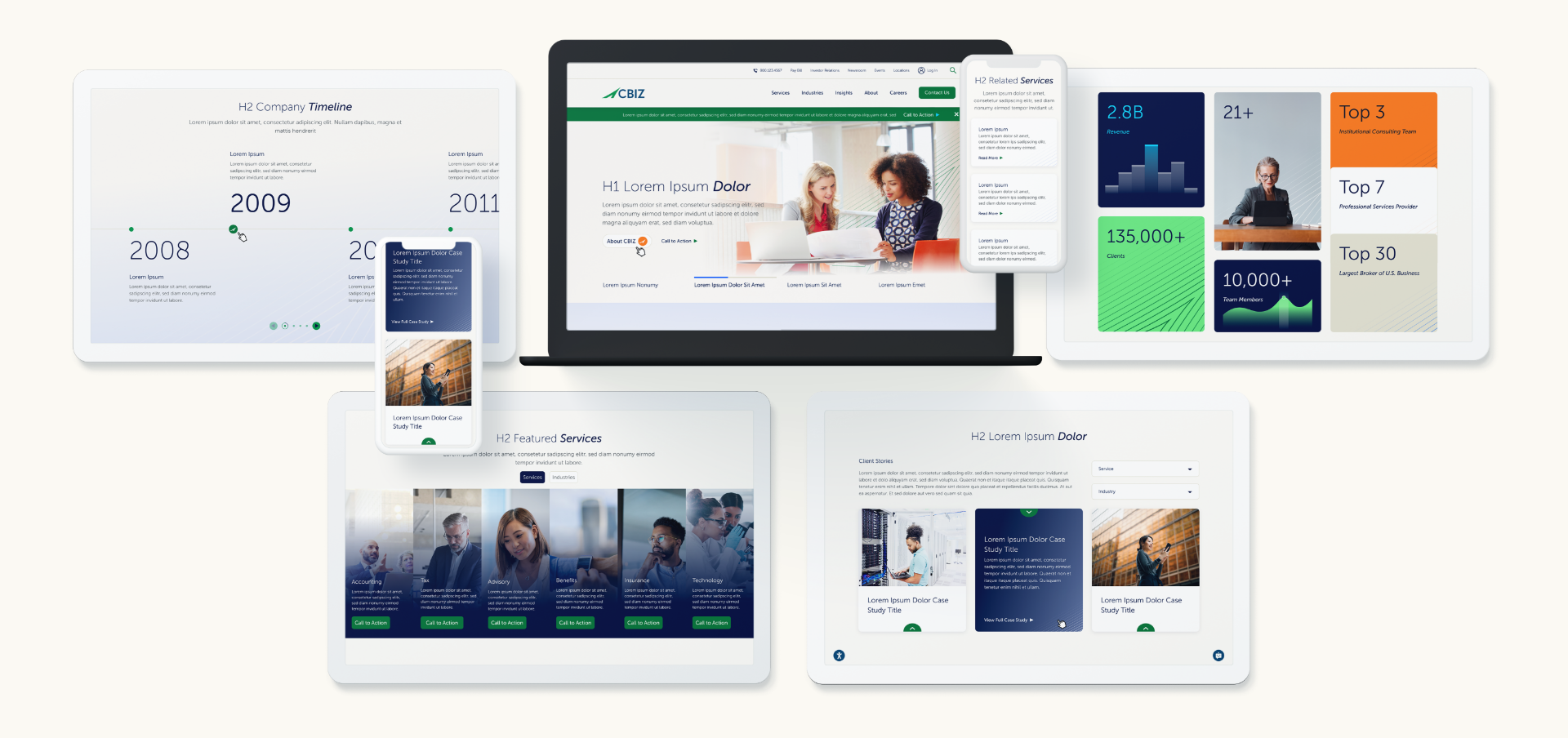
Personalized User Experiences
Personalization continues to evolve in 2025, with websites leveraging data to deliver tailored experiences that resonate with individual users. This trend encompasses dynamic content that adapts based on user behavior, preferences, and location. For example, a returning visitor might see personalized product recommendations or localized offers. By integrating AI-powered tools and robust analytics, brands can create highly relevant experiences that drive engagement and conversions. Personalization is no longer optional—it’s a critical component of effective web design in the digital age.
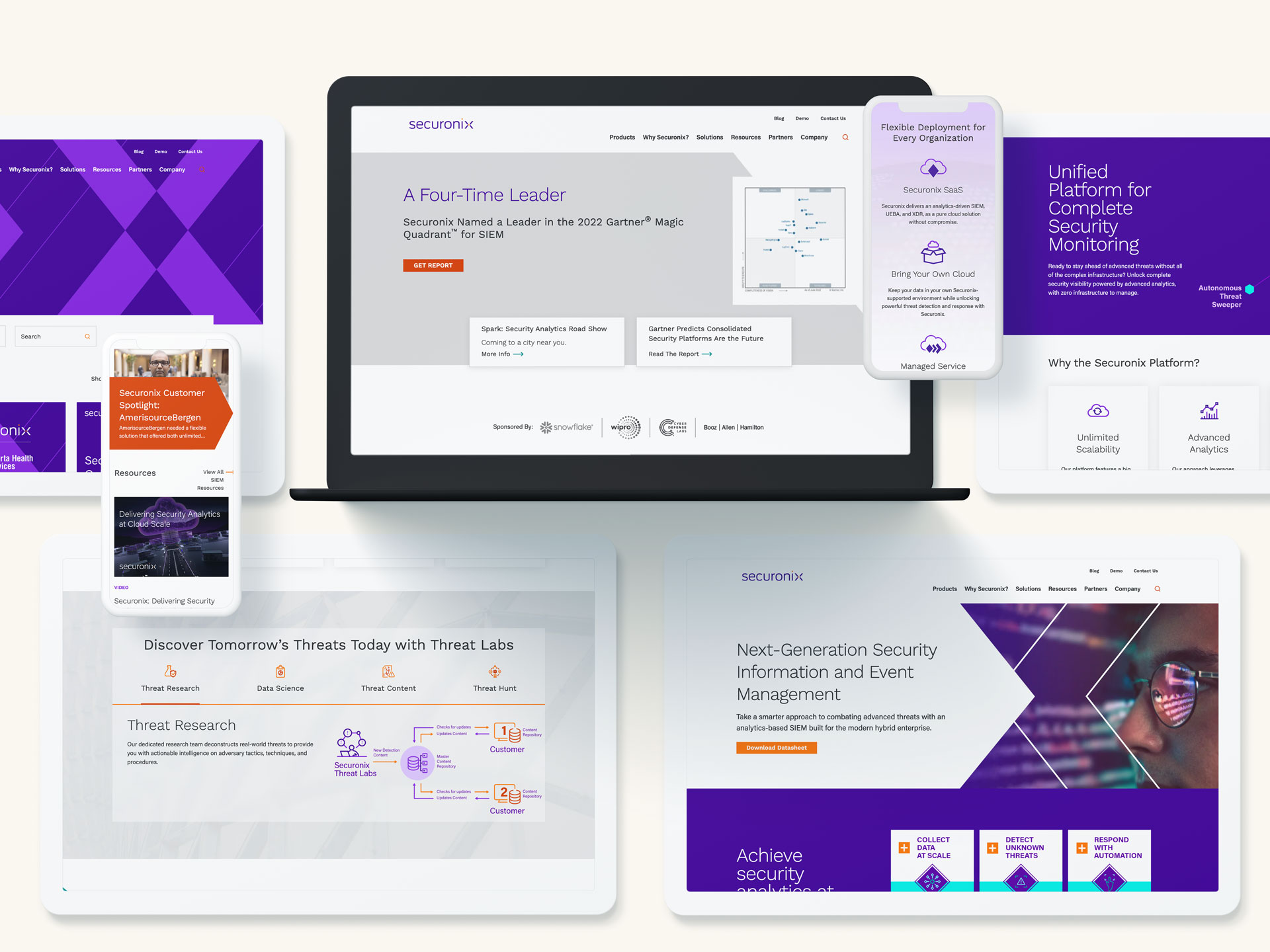
Designing for the Future
The top web design trends for 2025 highlight the intersection of creativity, technology, and user-centric principles. By embracing minimalist aesthetics, interactive elements, performance-driven designs, and more, brands can craft websites that stand out in a crowded digital landscape. Ready to elevate your web presence for the new year? Contact Bluetext today to discover how we can help you design a website that captures attention, drives results, and sets you apart from the competition.


